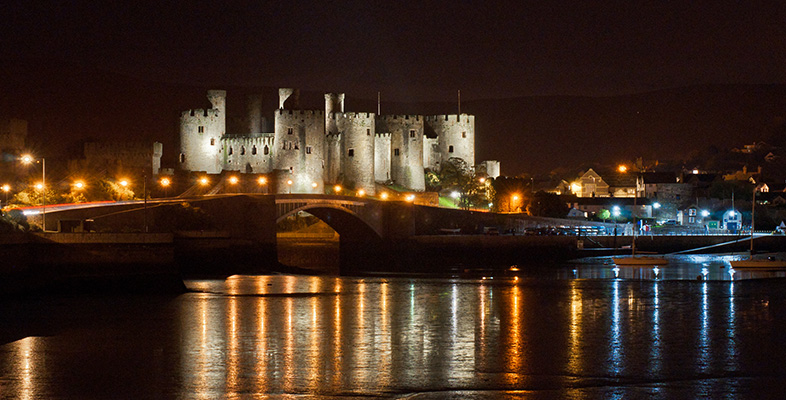7 Labour traditions
Very little that happens in Wales is predictable – certainly not the weather, the fortunes of the national sports teams or the economy. However, over the past hundred years or so, there has been one exception. If you were born any time after the First World War, you might not be able to plan a barbeque, place a safe bet on the outcome of a Welsh football match, or make predictions over the prospects of the Welsh economy, but you could, with some confidence, predict that Labour would win the majority of Welsh seats in any general election.
From the 1920s onwards, the Labour Party dominated Welsh politics, winning the majority of parliamentary seats for the first time in 1923 and thumping its rivals with consummate ease on numerous other occasions (especially, as we shall see, in 1966 when the party won 32 out of 36 seats and again in 1997 when it won 34 out of 40).
Unsurprisingly, historians, political commentators and sociologists, from inside and outside Wales, have become used to seeing Welsh politics through the red lens of ‘Labour Wales’. In popular discourse, ‘Labour Wales’ is associated with industrial south Wales, chapels, coal mines, terraced houses, working-men’s clubs, male voice choirs and the proud traditions of an industrial working class. The fact that many people in Wales did not vote Labour – around a fifth of Welsh voters regularly voted Conservative after 1918 – escapes the attention of many. So too has the fact that the image of ‘Labour Wales’ outlined above is misleading: Labour, and the Labour tradition, did exist (and enjoyed success) away from south Wales, in rural areas, and in ‘Welsh-speaking’ Wales.
However, in 2009, ‘Labour Wales’ no longer seemed secure. Election results and public opinion suggest that the Labour tradition is on the wane. In the 2009 European elections, Labour captured just 20 per cent of the vote, following a disappointing performance in the 2007 Welsh Assembly elections when it captured only 32 per cent of the vote. In 2009, an opinion poll suggested that Labour could be on course to receive just 26 per cent of the Welsh vote in a general election, trailing behind the Conservatives (30 per cent) for the first time in the democratic era (Kettle, 2009).
The problems facing Labour were summed up by the journalist Martin Kettle in The Guardian:
Let’s not mince words. If those figures are even approximately right, Wales would experience a political and existential earthquake ... it would massively challenge aspects of the way that many in Wales see themselves and their nation ... in the twentieth century, the electoral geography of Wales was predictable. Labour held the heavily populated old industrial south from Newport across to Llanelli and through the mining valleys ... but it is all to change now...
In practice Kettle was wrong: Labour received 36% of the vote in Wales in the 2010 general election, against the Conservative Party’s 26%. In the European elections in 2014, however, Labour’s share of the vote fell to 28% - with the Conservatives at 17% but also UKIP at 27.5%.
